St Leger is Triple’s Crowning Glory
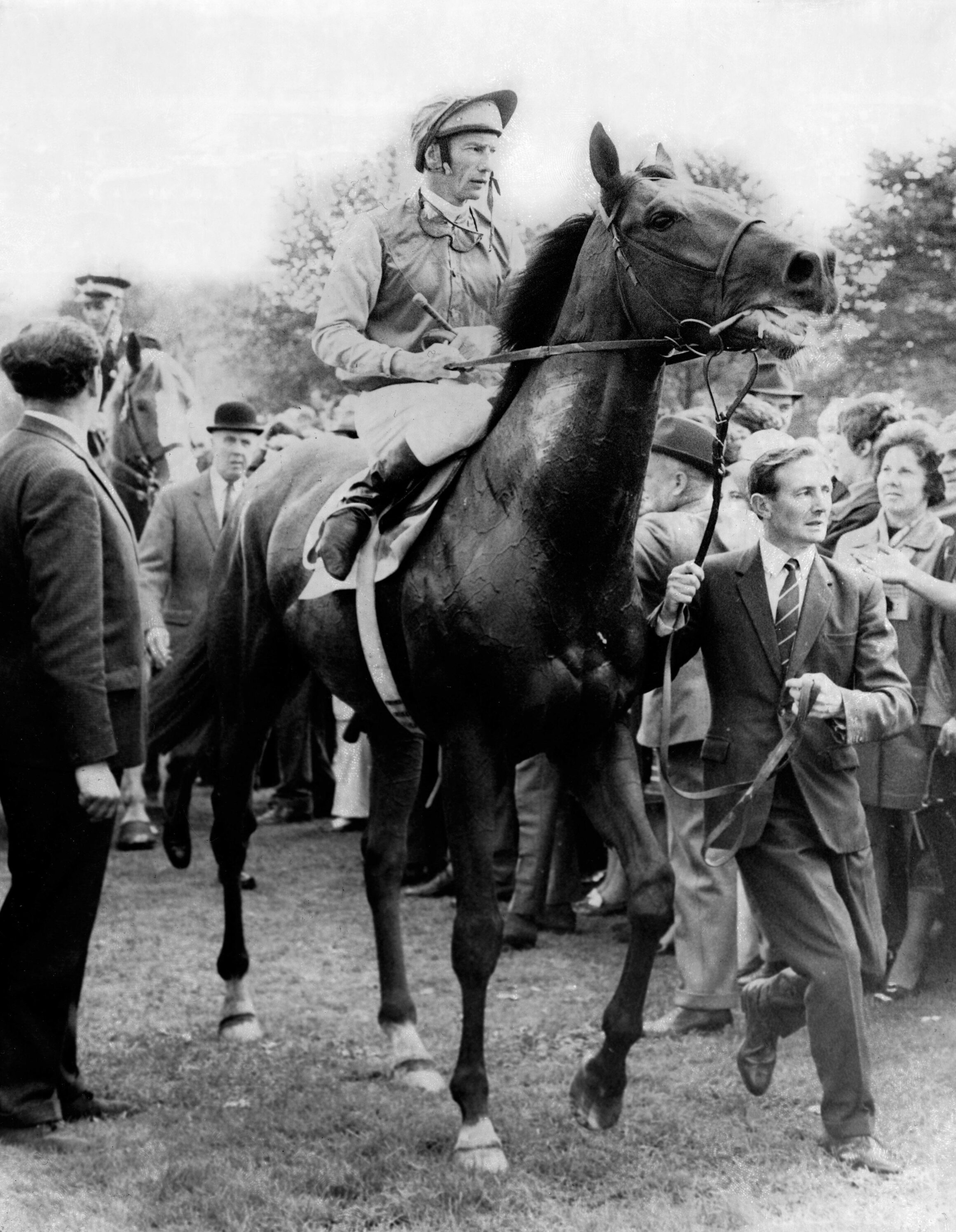
There is an old saying in racing, no doubt coined by a Yorkshireman, that the fittest horse wins
the Guineas, the luckiest horse wins the Derby, but the best horse wins the St Leger.
The St Leger is the last leg of British racing’s English Triple Crown, the first two being the
2,000 Guineas and the Derby. Only 15 colts have managed to win all three races.
In 1853 West Australian became the first horse to land what is today referred to as the Triple
Crown. His owner, John Bowes, had been so confident he had a champion on his hands that he
backed him to win £30,000 for the Derby before the horse had even appeared on a racecourse.
After winning the 2,000 Guineas by a length and the Derby by a neck, he annexed the St Leger
in a common canter. At four he won three races, including the Ascot Gold Cup, before being
retired to stud.
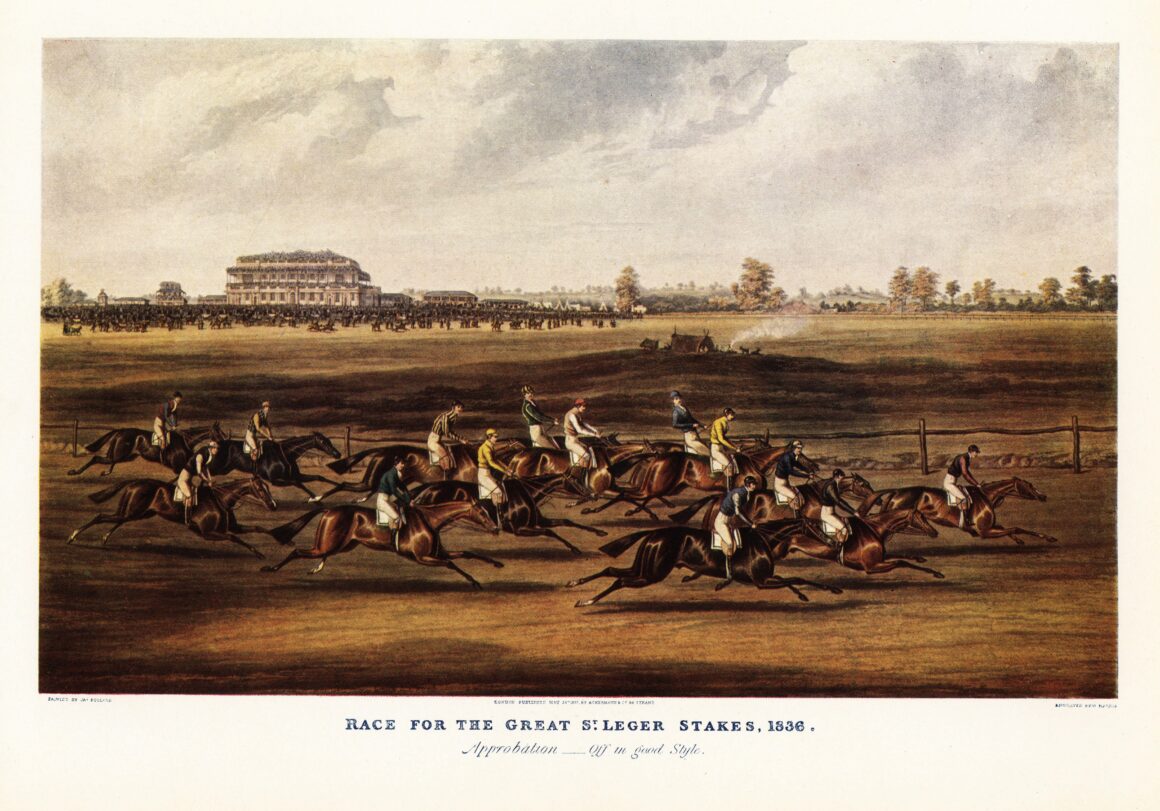
The St Leger, established 1776, is the oldest of Britain’s five Classics
Gladiateur, trained by Tom Jennings at Newmarket, was the second to do so, in 1865.
Nicknamed ‘The Avenger of Waterloo’, he was the first French-bred colt to win the Derby.
Jennings then dispatched him to France, where he won the Grand Prix de Paris. Returning to
England, he won twice at Goodwood before landing the St Leger. He turned out again just two
dayslater and won the Doncaster Stakes. Gladiateur was unbeaten in six races at four, including
the Ascot Gold Cup by an astonishing 40 lengths. His statue stands by the main gates at
Longchamp.
The third Triple Crown winner, Lord Lyon, in 1866, won 17 of his 21 races yet remains largely
forgotten, due perhaps to the moderate quality of his opponents and the narrow margins of his
victories. He won the Derby by a head and the St Leger by a matter of inches. Trained by James
Dover at Ilsley in Berkshire, Lord Lyon started at odds-on for all three of his Triple Crown
victories.
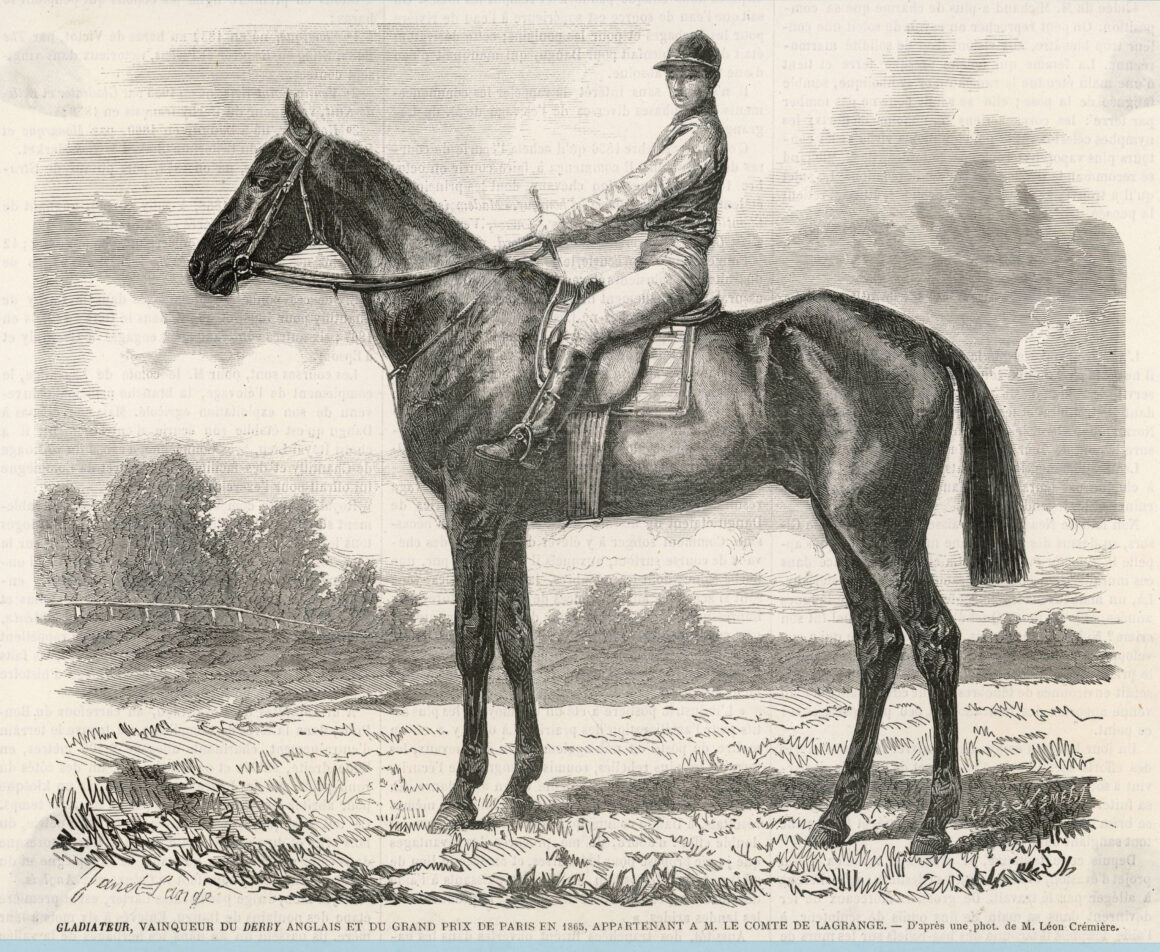
Gladiateur was the second horse to win the Triple Crown
Ormonde, in 1886, was arguably the first Triple Crown winner to be recognised by that title.
Owned and bred by the Duke of Westminster and trained by John Porter at Kingsclere,
Ormonde was one of the greatest racehorses of all time, remaining unbeaten in 14 races over
three seasons. After winning the Derby he won the St James’s Palace Stakes and the Hardwicke
Stakes at Ascot. He was then rested until the St Leger, which he won in a canter. He won five
more races that autumn, including the Champion Stakes. He ran just three times as a four-year-old, winning twice at Ascot, then ending his career in the Imperial Gold Cup at Newmarket,
which he again won easily. Retired to the Duke’s Eaton Stud, he sired dual Eclipse Stakes
winner Orme in his first crop but thereafter proved a disappointment at stud.
The 1890s saw four colts land the Triple Crown: Common (1891), Isinglass (1893), Galtee
More (1897), and Flying Fox (1899).

Ormonde was owned and bred by the Duke of Westminster
Of that quartet, Isinglass was the best. Trained by James Jewitt at Newmarket, he won 11 of
his 12 starts, worth a total of £57,455, an amount that remained a British record until surpassed
by Tulyar in 1952. In addition to his Triple Crown successes, he won the Eclipse Stakes as a
four-year-old and the Ascot Gold Cup on his only start at five.
Common and Flying Fox were both trained by John Porter and were retired to stud following
their St Leger victories. Galtee More, who was also retired at the end of his three-year-old
season, was the second shortest-priced Derby winner at 4-1 on (Ladas, in 1894, was 9-2 on)
and he remains the shortest-priced St Leger winner at the prohibitive odds of 10-1 on.
Diamond Jubilee, born in the sixtieth year of Queen Victoria’s reign, provided his owner the
Prince of Wales (later Edward VII) with Triple Crown glory in 1900. Although Sun Chariot
won a wartime fillies’ Triple Crown (1,000 Guineas, Oaks and St Leger) for King George VI,
the Prince of Wales remains the only member of the Royal Family to win the colts’ version.
For good measure, he also won that year’s Grand National with Ambush II and remains the
only person to have owned a Grand National winner and a Triple Crown winner in the same
year.
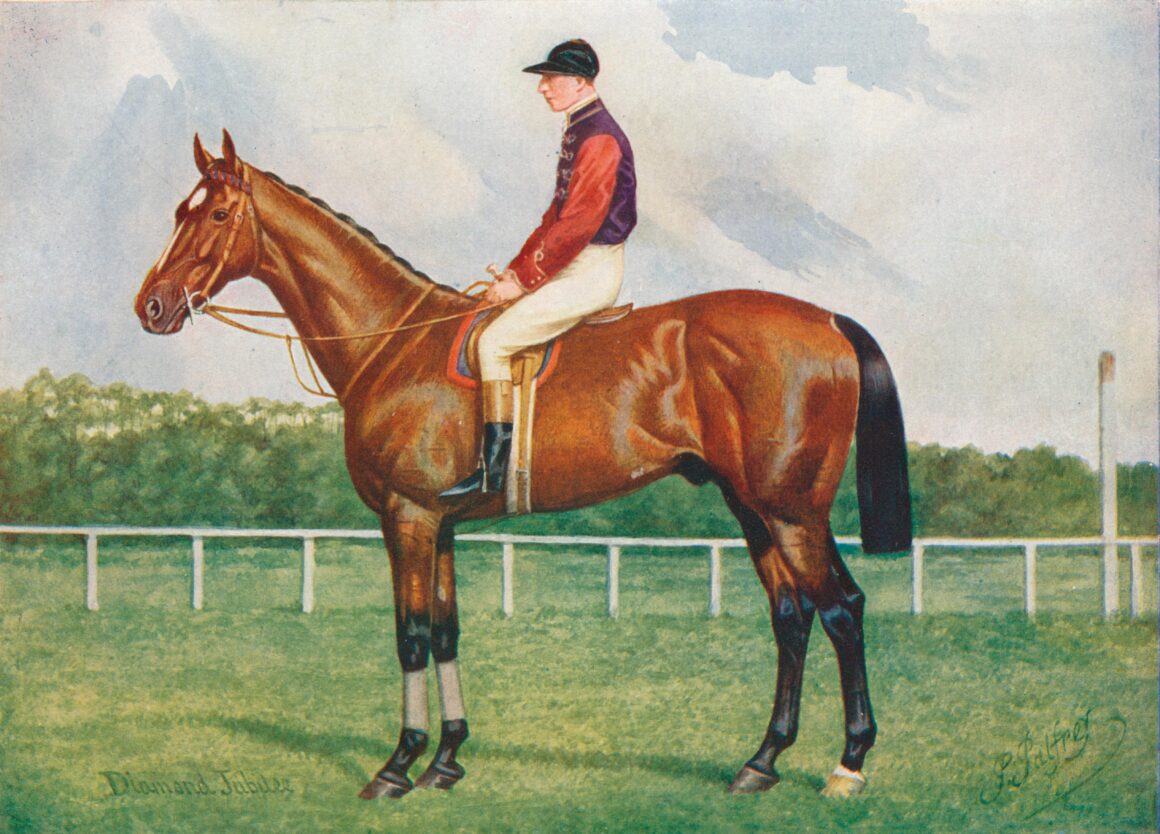
Roberto lead into the winners enclosure at York.
Rock Sand, owned by Sir James Miller and trained by George Blackwell at Newmarket, won
all three Triple Crown races with the minimum of fuss in 1903. American jockey ‘Skeets’
Martin rode him in the Guineas but his fellow countryman Danny Maher was on board for the
Derby and St Leger. Rock Sand started favourite for that year’s Eclipse Stakes but proved no
match for the four-year-olds Ard Patrick and Sceptre, who between them had won all five 1902
classics. In an early contender for the race of the century, Ard Patrick beat Sceptre by a neck,
with Rock Sand three lengths further back in third.
Pommern (1915), Gay Crusader (1917) and Gainsborough (1918) all won wartime
substitute Triple Crowns, held at Newmarket during World War One.
Pommern, trained by Charles Peck at Newmarket, was the first of jockey Steve Donoghue’s
six Derby winners. Gainsborough was the first Derby winner owned by a woman, Lady James
Douglas. He was also by far the most successful of the three as a stallion, although Alec Taylor,
who trained both Gainsborough and Gay Crusader, considered Gay Crusader the better of the
pair on the racecourse, while Donoghue always rated Gay Crusader the best he rode.
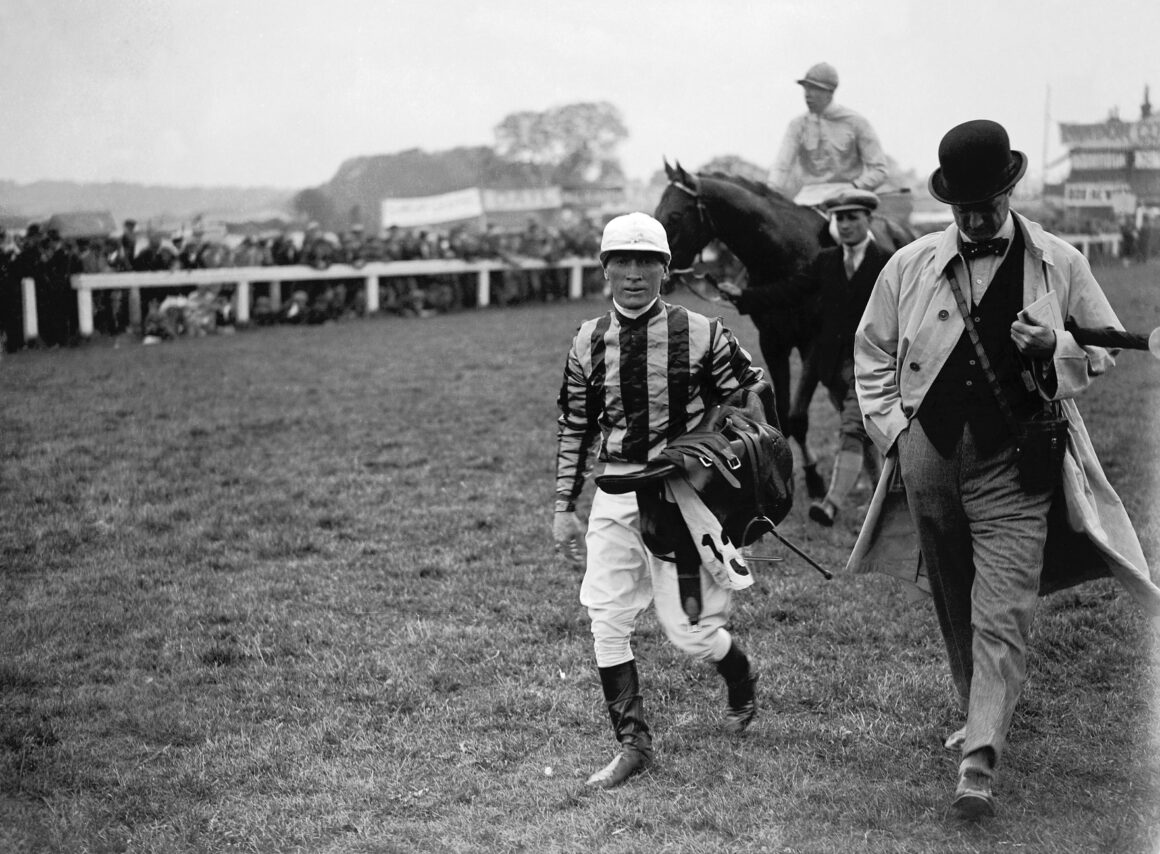
Pommern was the first of six St Leger wins for jockey Steve Donoghue
Bahram (1935) was the only 20th century Triple Crown winner to retire undefeated, having
won all his nine starts at two and three. His owner, the Aga Khan, retired him to stud at the end
of his three-year-old season. In 1940 he was sold for £40,000 to an American syndicate, a sale
that provoked great resentment among British bloodstock breeders.
Nijinsky (1970) became the first Triple Crown winner to be purchased at auction. Bred in
Canada, he was bought for $84,000 by Charles Engelhard. Trained by Vincent O’Brien,
Nijinsky is the most recent Triple Crown winner, landing all three races in the hands of the
great Lester Piggott. Unbeaten up to then, he subsequently suffered defeats in the Prix de l’Arc
de Triomphe and the Champion Stakes.

Nijinsky was the last horse to land the Triple Crown, ridden by Lester Piggott
Will there be another Triple Crown winner? The prospects have become more unlikely as time
goes by. Since Nijinsky, only one horse has attempted the task in more than 50 years. That was
Camelot. Having won the 2,000 Guineas and Derby in 2012, he was sent off the 5-2 on
favourite for the St Leger, only to fail by a diminishing three-quarters of a length behind 25-1
outsider Encke.
With racing having become more specialised over the course of the last 50 years, Nijinsky may
well turn out to be the last horse to land the English Triple Crown.
Then again, never say never.

